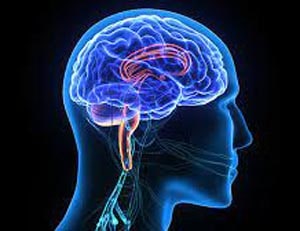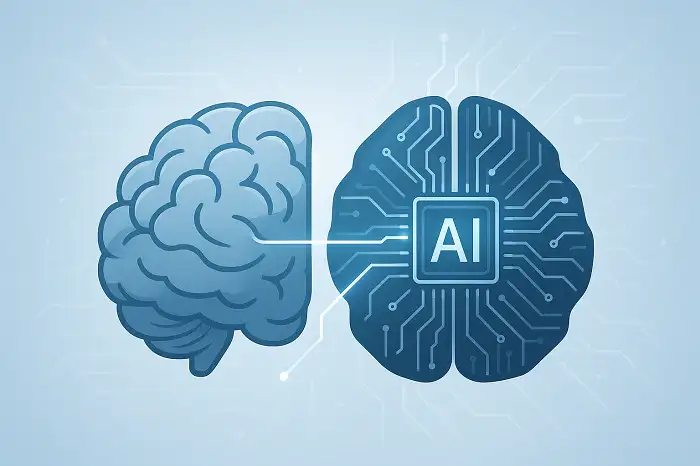IELTS Listening Practice Handedness IELTS Listening Practice Handedness About this activity This activity is labeled round table by Dr. Hariri, the creator and administrator of LELB Society. This activity is on the premise of Flipped Learning, according to which the students watch a video before the class, carry out research into the selected theme, and prepare themselves for an informed discussion in the class. This activity is on the basis of both synchronous and asynchronous computer-mediated communication (CMC), according to which the students are also encouraged to be active even before the class. In this flipped classroom activity, the students are encouraged to utilize the comment form at the bottom of the post to to exchange their questions, findings, and experiences with each other. Later on, ...
Home » Listening Practice in English » IELTS Listening Practice Handedness

IELTS Listening Practice Handedness
Updated: by Dr. Mohammad Hossein Hariri Asl
Time to Read: 5 minutes | 313 Views | 15 Comments on IELTS Listening Practice Handedness
Share This Post
About the Author
Dr. Mohammad Hossein Hariri Asl is an English and Persian instructor, educator, researcher, inventor, published author, blogger, SEO expert, website developer, entrepreneur, and the creator of LELB Society. He's got a PhD in TEFL (Teaching English as a Foreign Language).
Number of Posts: 4227



7. How are the two aspects of human evolution (i.e., competition and cooperation) justified through the concept of handedness?
6. Why does the trait exist in the first place?
Handedness exists due to a combination of genetic, evolutionary, and neurological factors. Neurologically, handedness is linked to brain lateralization, where different hemispheres of the brain specialize in different functions.
5. Why are most people right-handed?
Most people are right-handed due to a combination of genetic, and neurological factors. Genetically, handedness often runs in families, indicating an inherited component. Neurologically, the brain’s left hemisphere, which controls the right hand, is typically more involved in language and fine motor skills, contributing to the prevalence of right-handedness across populations.
4. Does genetics determine handedness?
Yes, genetics play a significant role in determining handedness, although they are not the sole factor. Handedness tends to run in families, indicating a genetic component. However, environmental influences and random variation also contribute to whether a person is right-handed, left-handed, or ambidextrous. Studies suggest that multiple genes are involved, each contributing a small effect, along with non-genetic factors that shape this trait.
3. How can we predict handedness before birth?
Predicting handedness before birth is challenging, but researchers have found some genetic markers and prenatal indicators that might give clues. Studies suggest that handedness can be influenced by genetic factors, as it often runs in families. Additionally, the position and movement patterns of fetuses in the womb, such as thumb-sucking preferences, have been linked to laterality. However, these predictors are not definitive, and the development of handedness is also influenced by postnatal environmental factors.
Most devices have made for right-handed people, by contrast, since, left-handed people who cover the minority of the population, inevitably utilize right-handed devices. Since the minority of the population comes from left-handed, when we see a shop or a device has built for left-handed people, most of right-handed are being curious and interesting having or testing those unique occurs. On the other hand, we see 50% of the Baseballists are left-handed, apart from the 4% of the top golf player, do you think left-handed people should take into account the advantages of their situation to create some new jobs for only those who are left-handed? Or, they may have the ability being left-handed which working on right-handed device!
Interesting information! Thank you so much. The question is also so challenging.
2. What are the merits and demerits of being right-handed?
Being right-handed comes with several merits and demerits. Merits include ease of use in a world designed for right-handed individuals, such as tools, gadgets, and writing instruments, which are typically oriented for right-hand use. This can lead to greater efficiency and comfort in everyday activities. Additionally, right-handed people may find it easier to adapt in social settings where right-handed norms prevail.
On the other hand, the demerits include potential disadvantages in certain sports or activities where left-handedness might offer a strategic advantage. Moreover, being right-handed means that left-hand dominance is less developed, which can be a limitation in tasks requiring ambidexterity. Overall, the impact of handedness varies widely depending on context and individual adaptation.
1. What are the signs of right-handedness in the past, from archaeological points of view?
Archaeological evidence of right-handedness includes the analysis of ancient stone tools and skeletal remains. Stone tools often show wear patterns indicating right-handed use, and skeletal asymmetries in arm and hand bones suggest right-side dominance. For example, studies of Homo habilis fossils have revealed striations on teeth consistent with right-handed tool use.